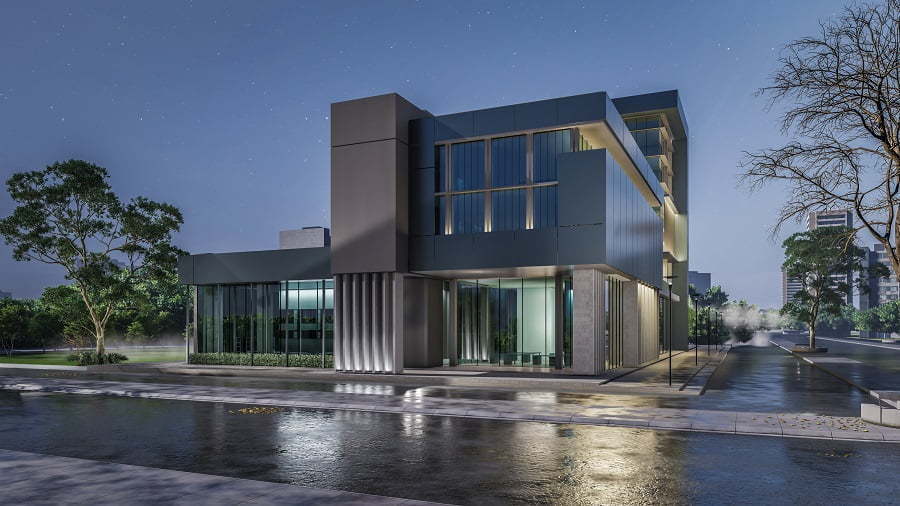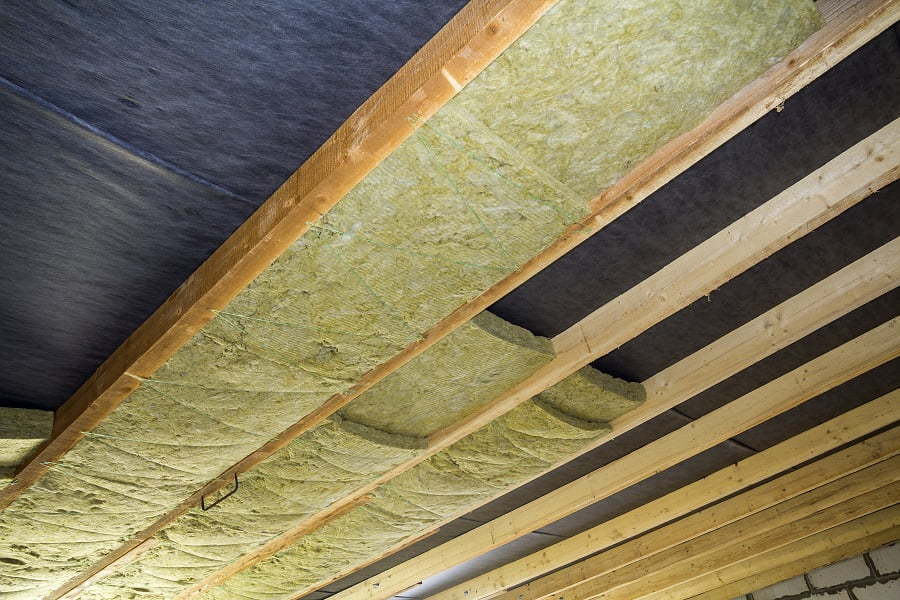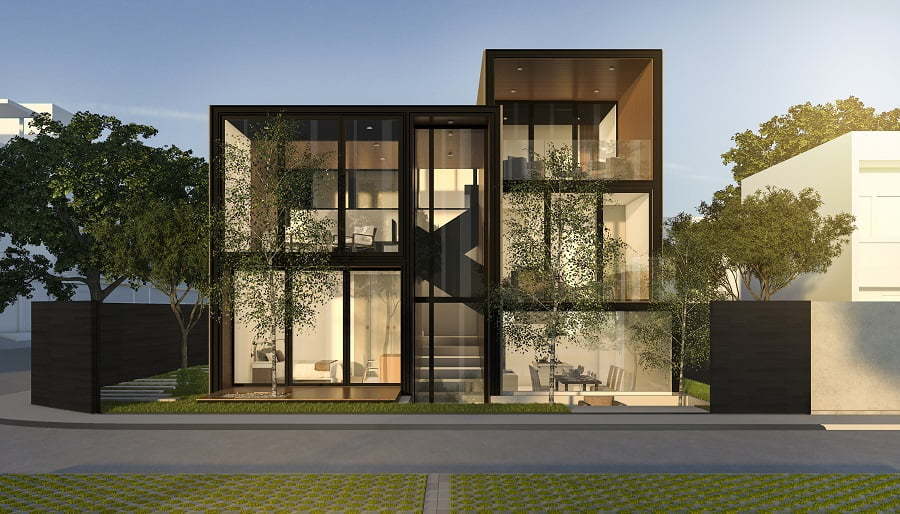Last updated on
GPR (glass-reinforced plastic) is one of the best materials to use for a flat roof. Here are the reasons why. Read on!
Are you in the process of your house build when it has come down to choosing the material for your flat roof? The good news is you are almost there if the roof is the final touch to the exterior build.
Perhaps you are tossing up between which roofing materials to go for. Maybe each option seems the same to you, and you are just after the material that will look and last the best. Or possibly you have been swaying between the advantages and disadvantages of each finish.
If you have not already considered it, you should be looking into Glass-reinforced Plastic (GRP), also known as fiberglass. This discussion is going to explore what it is exactly. If it is not already on your list, it should be. And at the top! There are many advantages to opting for GRP when it comes to your flat roof. Please keep reading to find out what they entail.
What Is GRP?

Glass-reinforced plastic (GRP) is made using glass fibers, mixed with other chemicals, heated at a high temperature, squeezed through fine holes, and then woven into a mat structure to create the shape needed. It is cheap and flexible, and often holds more strength than many metals, making it a popular material for many built structures. It is commonly used in the automotive industry, making ships, helicopters, traffic lights, piping, handles, and roofing, and GRP roofing became popular in the late 30s, early 40s for its insulation abilities. Still, today, its ability to insulate heat and cold so well makes it an excellent choice for your roofing solution.
Insulation Abilities

Since glass is a poor conductor of heat, this material makes for very effective heat insulation.
Collin County experts who work roofing in Plano, TX can explain how this is an excellent way to keep heat in during the colder months and out during the hottest. If you want a comfortable living space that doesn’t drain your pocket or the environment, GRP is for you.
It slows the spread of heat and cold by creating air pockets, keeping your home warm when it is cold outside and toasty when it is chilly out. GRP has been voted as one of the top green building fibers for its capacity to reduce the energy output of the building since it keeps the temperature at a comfortable level. Not only does GRP slow the spread of hot and cold, but it also dampens sound, making it a great noise insulator too.
Life Span

GRP is a hardy, durable material with an average lifespan of around 25 years at a minimum, and much longer if well-maintained. This does mean that your roof needs to be installed expertly, as the way in which it is laid will impact its longevity. What makes this material such a great choice for a flat roof is its weather-resistant properties, as it is sealed with a waterproof topcoat.
Flexibility

Another reason that GRP is such a popular choice for roofing, is that it can easily be cut to suit the design of your house. Perfect for a flat roof. This advantage gives you the freedom to design your dream house with a dream roof.
Using GRP for your flat roof material is a smart choice for a host of reasons. This almost-90-year-old fiber has been around for almost a century and still continues to come out top for its many benefits as a roofing solution. Hopefully, the above chat has got you thinking about the effectiveness of GRP as a building material, and how to make it a reality for your flat roof.
Recap:



